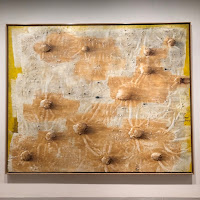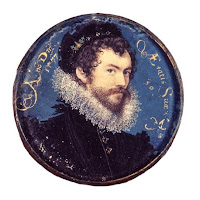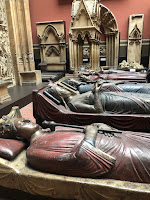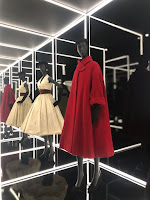Mali Morris RA: On Paper
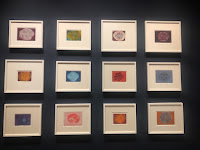
Colourful exhibition at the Royal Academy of early works by Mali Morris selected by the artist. The show included a set of paintings, “Edge of a Portrait” from 1994 which consist of shapes entering from each side of the work to create abstract profiles. I loved the bright colours and fluid painting. On another wall were twelve small acrylics in darker colours shown here. The friend I was with likened them to pictures of cells dividing which I thought was very apt. My favourites however were the more naturalistic landscapes from the late 1980s which were bathed in the colours of sunshine. I may have to revisit this show as I realise now there was a sister show, which was closed on the day I went, of works selected by Morris from the Academy’s own collection which would have given an interesting insight into her interests and aesthetic. Closes 4 August 2019






